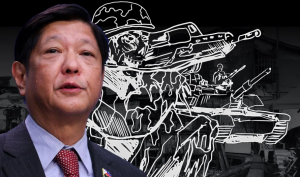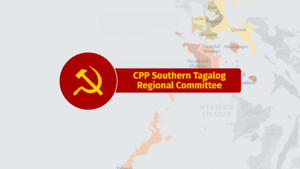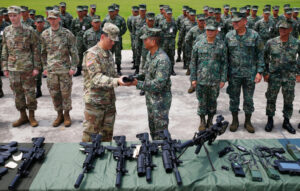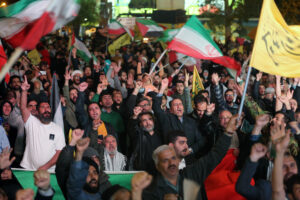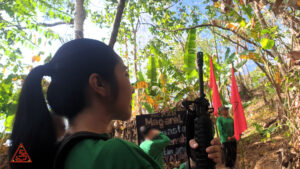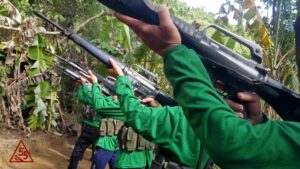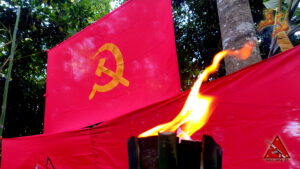The fight to end US military intervention continues 30 years after MBA abrogation
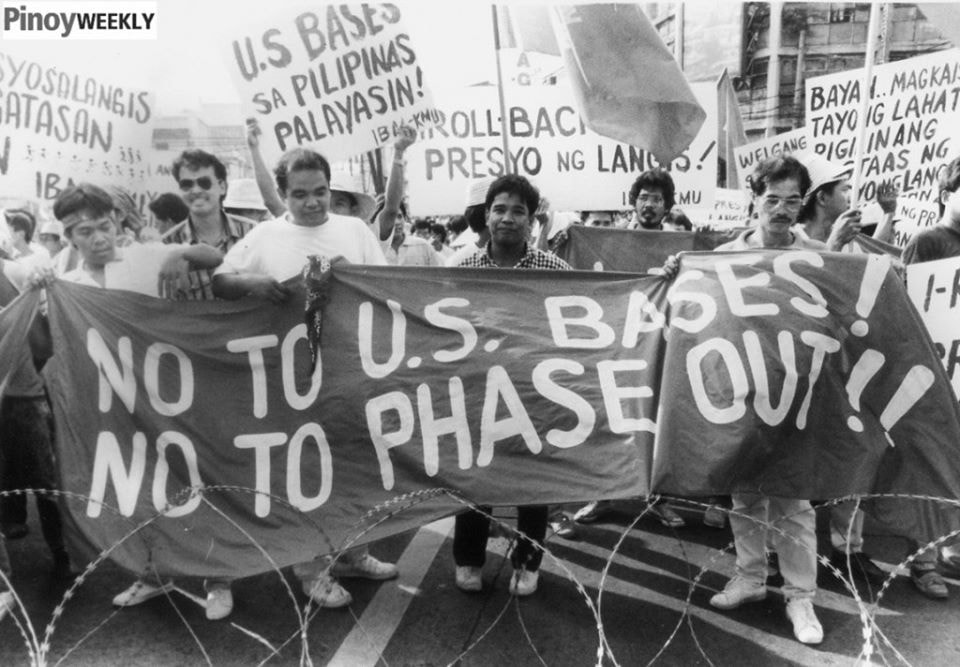
Close to 30 years ago today, the Filipino people notched a historic victory when the Philippine Senate voted to reject the extension of the Military Bases Agreement of 1947. The vote came at the heels of months of mass protest actions demanding the dismantling of military bases leading to a massive demonstration that day.
Under the MBA, the United States established and operated several military bases in the Philippines. The vote to reject its extension paved the way for the dismantling of American military bases including the Subic Naval Base, Clark Air Base, Camp John Hay, Sangley Point which straddled across 65,000 hectares of Philippine land.
For close to five decades, US military bases served as one of the starkest symbols of US semicolonial rule in the Philippines. These hosted several thousand American soldiers, US military warships, fighter jets and other military hardware for its overseas wars of aggression and occupation. Nuclear weapons were mounted in secret silos in Subic.
The overbearing presence of US military forces in the country served to constantly put the Philippine government under its control, command and direction. US military bases served as facilities to conduct indoctrination and trainings of Philippine military forces in line with US imperialist interests. Officials of the AFP and police were recruited as US agents.
These military bases were used by the US to mount their wars of aggression in Korea and Vietnam through the 1950s and 1970s, as well as in Iran, Afghanistan and other countries in the Middle East through the 1980s.
While the non-renewal of the MBA ended US military bases in the country, it did not end US military presence and intervention. Over the next three decades, agreements and arrangements between the Philippine and US governments allowed the US to continue using the country as a stronghold of US hegemonism. The fight to end US military intervention in the Philippines continues.
US military intervention in the Philippines continue to heighten through the Mutual Defense Treaty of 1951 and other more recent military agreements including the Visiting Forces Agreement (VFA), the Mutual Logistics Support Agreement (MLSA) and the Enhanced Defense Cooperation Agreement (EDCA). All these agreements allow the US to maintain and strengthen its foothold in the country. These give the US military extraordinary rights and access to Philippine sea, aerial and terrestrial territory.
Under the EDCA, the US has been allowed to set up at least five military facilities within military camps of the AFP. The planned military base of the AFP in Fuga Island in the country’s northern tip can well serve as another naval outpost for US warships.
American military intervention has further heightened especially after 2001 when the US designated the Philippines as its “second front” in its “war on terror.” Hundreds of American soldiers were permanently stationed in various military facilities and camps, who thenparticipated in counterguerrilla combat operations and conducting trainings. They have used the Philippines to experiment their tactics and weapons. Yearly, thousands of American soldiers enter the country under the pretext of the Balikatan “joint military exercises.” Since 2017, US military presence and intervention have further heightened under Trump’s Operation Pacific Eagle-Philippines
Amid its heightening inter-imperialist conflict with China, the US is set on further strengthening its control over the Philippines.
In addition to high-level cooperation with the Philippine defense establishment, the US military continues to train and command special branches of the AFP such as the Light Reaction Regiment, the 1st Combat Brigade Team (both formed and trained in the US facilities at Fort Magsaysay) and the recently formed 11th Infantry Division. It directly and indirectly participates in counterinsurgency operations which is drawn and designed according to US dogma. The US provides the AFP with weapons that are now being used in the Duterte regime’s dirty war against the Filipino people.
In essence, AFP counterinsurgency is a proxy for the US war to suppress the national liberation movement of the Filipino people. The AFP continues to serve as the strongest pillar of US military domination in the Philippines, securing the semicolonial and semifeudal system and providing protection for US strategic economic and geopolitical interests.
As the Filipino people mark the 29th anniversary of the end of the Military Bases Agreement, the Party calls on all patriotic forces to continue the fight for genuine national freedom, and an end to US military intervention and support for the Duterte fascist regime.


